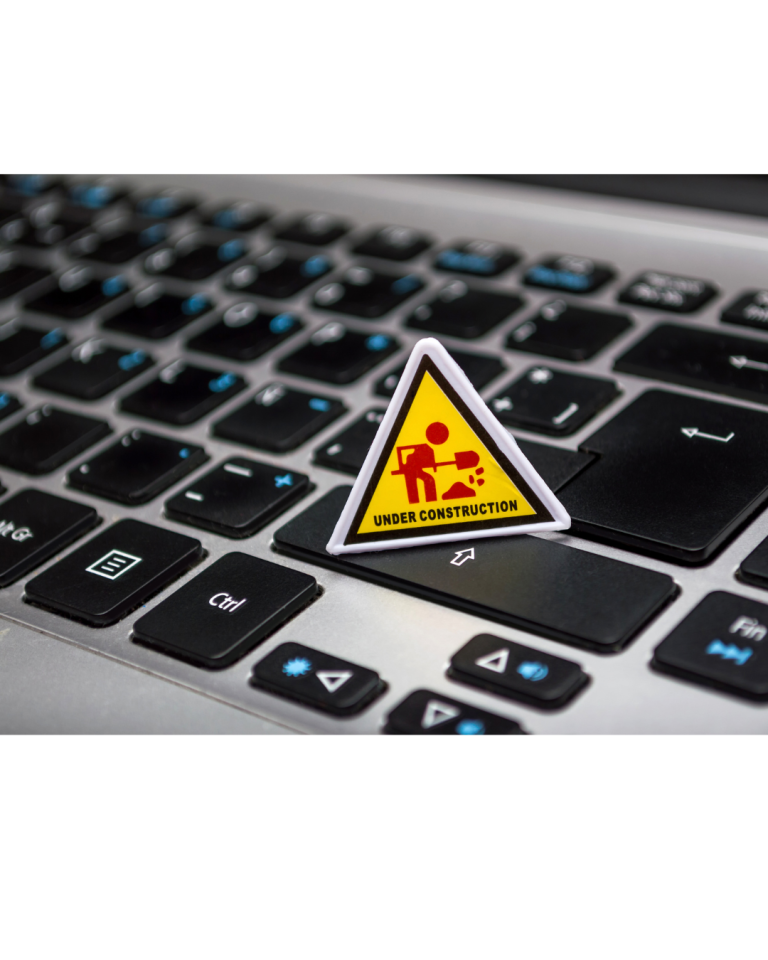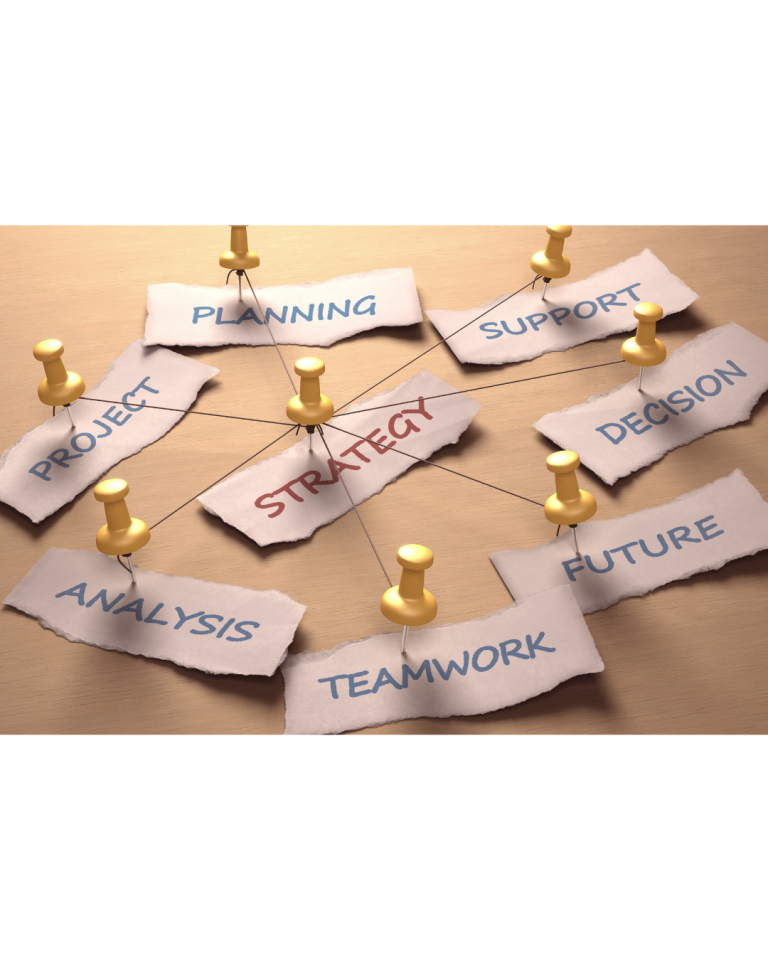ERG Quick Wins, 5 High-Impact Projects You Can Launch Fast
You Don’t Need a Massive Strategy to Make a Big Impact ERG quick wins are often dismissed as lightweight. But done right, they’re game changers. Especially when your team’s burned out, stuck in planning limbo, or just needs a solid “win” to reignite momentum. You don’t need a year-long initiative to shift perception or build…





